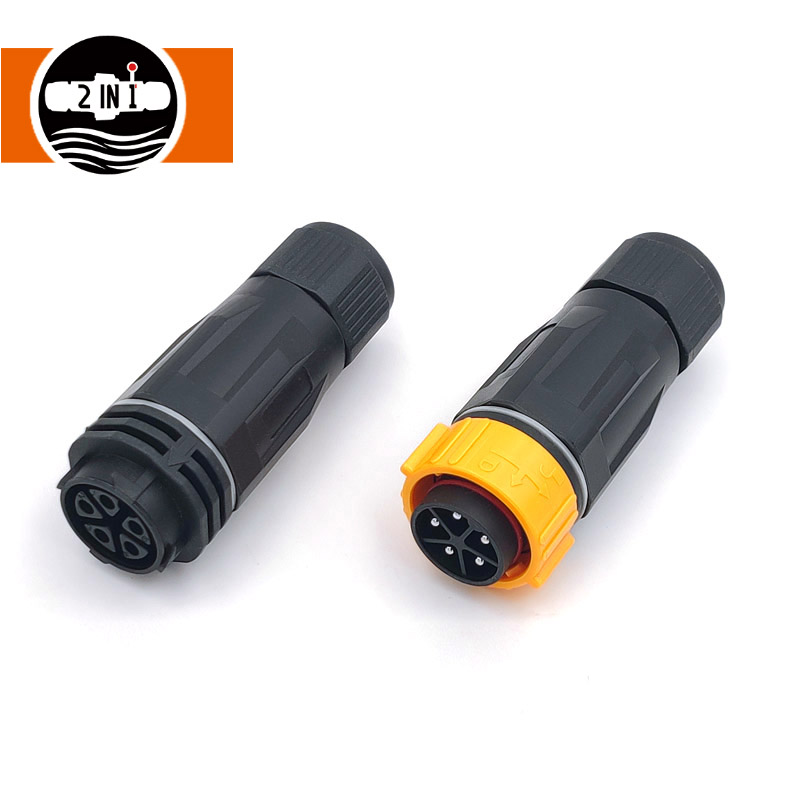Diving Deep: How the IP67 Rating Ensures Waterproofing of Connectors
2023-12-12
Introduction:
In the world of electronic connectors, the term "IP67 rating" is often tossed around, especially in discussions about waterproof connectors. But what does it really mean, and how does it ensure the waterproofing of a connector? In this blog, we will take a closer look at the IP67 rating and unravel the secrets behind its role in safeguarding connectors against water and dust.
Understanding the IP67 Rating:
The IP (Ingress Protection) rating is a standard classification that defines the level of protection provided by a device against the intrusion of foreign bodies, such as dust and water. The IP rating is typically expressed as "IP" followed by two digits. In the case of the IP67 rating, the first digit, "6," signifies complete protection against dust, while the second digit, "7," denotes the connector's ability to withstand immersion in water up to 1 meter for 30 minutes.
How the IP67 Rating Ensures Waterproofing:
1. Solid Particle Resistance (First Digit - 6):
The first digit in the IP rating indicates the degree of protection against solid particles like dust. A rating of "6" means that the connector is dust-tight, ensuring that no dust particles can penetrate and compromise its internal components. This is crucial, especially in outdoor or industrial settings where dust and debris are prevalent.
2. Water Resistance (Second Digit - 7):
The second digit is all about water resistance. In the case of an IP67-rated connector, the "7" signifies that the connector is capable of withstanding immersion in water up to 1 meter for 30 minutes. This ensures that the internal components are sealed off from water, making the connector suitable for a variety of wet environments.
3. Sealed Enclosure Design:
The design of IP67-rated connectors includes a sealed enclosure that prevents water ingress. This enclosure, often made of materials like rubber or silicone, forms a protective barrier around the critical components, effectively keeping water out.
4. Tight Seals and Gaskets:
To achieve the IP67 rating, connectors are equipped with tight seals and gaskets around connection points and openings. These seals act as an additional layer of protection, preventing water from seeping into vulnerable areas.
5. Rigorous Testing:
Manufacturers subject IP67-rated connectors to rigorous testing procedures to ensure they meet the specified standards. This testing involves exposing the connectors to simulated environmental conditions, such as water immersion and dust exposure, to verify their performance and durability.
Conclusion:
In essence, the IP67 rating is a reliable indicator of a connector's ability to withstand both dust and water. It provides users with the confidence that their connectors can perform reliably in challenging environments, making them a preferred choice for applications where waterproofing is paramount. As technology continues to advance, the IP67 rating remains a crucial benchmark for ensuring the durability and reliability of electronic connectors in diverse settings.



